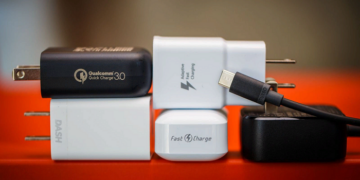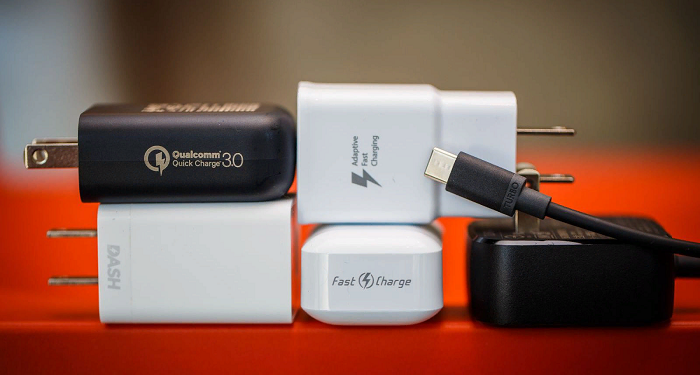An accidental discovery made in a Canadian laboratory can help extend the battery life of laptops and phones.
According to scientists from Dalhousie University in Halifax, ordinary adhesive tape in batteries may be the reason that many devices lose some of their energy when turned off or not in use, a phenomenon known as self-discharge.
The solution is simple, says Michael Metzger, associate professor of Physics and Atmospheric Sciences at Dalhousie University: replace the polyethylene terephthalate, or PET, plastic tape commonly used in batteries with something stronger and more stable.
The electrodes powering the batteries are in an electrolyte solution, which is usually a form of lithium. After several battery cells were exposed to different temperatures, the researchers were surprised to see that the electrolyte solution turned bright red, whereas normally it should be transparent, which they had never encountered.
The researchers realized that the red molecule, dimethyl terephthalate, acts as a redox shuttle- meaning it can transfer electrons between the positive and negative electrodes of a battery, creating self-discharge and draining the charge even when the battery is not in use. Ideally, the movement of electrons inside the battery should occur only when the device is turned on.
The results of the study are presented in a pair of papers published on January 20 and 23 in the Journal of The Electrochemical Society. According to Metzger, the study attracted the attention of companies seeking to improve battery performance.





















